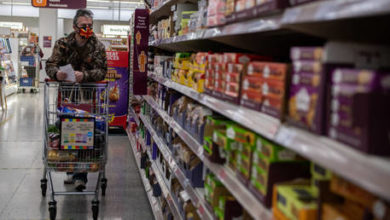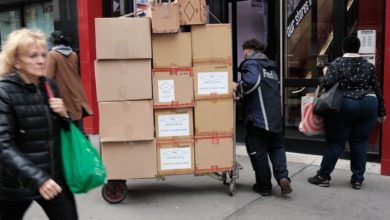Facts About The Coordinate Measuring Machines

A coordinate measuring machine is a type of machinery that utilizes a sensitive probe that measures the physical geometrical characteristics of an object. These measurements are utilized to confirm the object’s conformance to specifications. Coordinate measuring machinery is considered an imperative workhouse and a versatile machine that is used to verify products, qualify production objects and prototypes with complex geometries.
There are several different types of coordinate measuring machinery and each type is made of different components. On that premise, the following article presents some of the top facts on the most popular kind of coordinate measuring machines.
Probe
One of the major CMM parts is the very sensitive probe, which is mounted on a stylus that is connected to a bridge-like structure (the gantry), which moves in a X-Y-Z coordinate plane. Both the probe and the stylus are connected to sensitive electronics that are able to detect the slightest variations in electrical resistance. In addition to that, the gantry and the probe are able to rotate independently of one another and be both automatically and manually controlled. The object to be measured is placed on a ground flat granite table, and each time the probe comes in contact with the object and is forced to divert, an electrical signal is generated and is recorded on the computer. The collected data is then utilized to generate a point cloud that outlines the shape of the object or in order to confirm the measurements of the objects.
Regarding the types of coordinate measuring machines, there are four most popular types: bridge CMMs, portable CMMs, vision and multisensor systems and gantry CMM.
Bridge CMMs
Bridge coordinate measuring machinery has been used since the 1970s and is still considered the most commonly used coordinate measuring machine to this day. Bridge CMMs are known for their reliability, precision, cost effectiveness as well as for their ability to handle a wide range of object sizes.
Portable CMMs
Portable coordinate measuring machines are probably the most popular type of CMMs and are designed to perform on-machine verification, inspection, quality control, 3D modelling and virtual assembly. The portable coordinate machine is known for its accuracy and ruggedness, which allows it to measure the dimensions on all sides of the object.
Vision and multisensor systems
Vision and multisensor systems are used for objects that are too small to be scanned with the probe. In the following case, objects that are less than 600 millimeters squared in area and smaller than 200 millimeters tall are measured by white light scanners and video scanners.
Gantry CMMs
Gantry coordinate measuring machinery is similar to the bridge type, only they can be used to scan larger objects. The gantry coordinate machines are generally utilized in the aerospace and automotive industries where cars, spaceships and planes are manufactured. The gantry CMMs also allow access to volume measurements, which makes it much easier to load objects by a lift truck or a crane. In addition to that, these types of machines also require very little maintenance as drive systems and guideways are at a safe and secure distance from dirt and contaminants.
Limitations
In terms of limitations to coordinate measuring machines, the sensitive probe, which requires physical contact with the part in order to take a reading, must have the suitable size for the features it is required to measure as well as should be always clean to make sure that no contaminants get between the object and the tip.
Reliability
The reliability of coordinate measuring machines depends on the rigidity of the physical frame that does not deform over the course of time. When the design is robust and reliable, the CMM probe is guaranteed to maintain its accuracy for a long period of time without needing calibration or adjustment.




